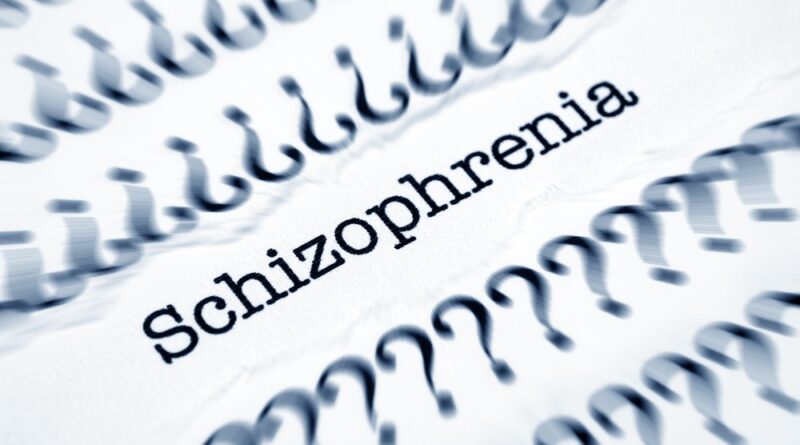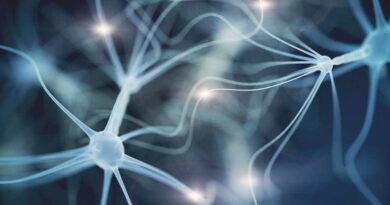Psychological Musings: Schizophrenia and Psychosis
Components of Psychosis
Biological
Researches have associate various ailments like brain disorders such as cysts and tumours, Huntington’s and Parkinson’s epilepsy and some remedies like stimulants and steroids. Psychoses normally presents it self as part of delusional disorder, bipolar disorder, depression characterized by psychotic features and also personality disorders (Chopra, Soreff, & Khan, 2009).
Emotional
This is commonly based on biological elements, psychotic episodes whether persistence or transient are scaring and emotionally tiring. Additionally, psychosis is a collectively marginalizing disorder since it can’t maintain a link to reality. Some theorists in the field of psychodynamic have always supported the emotional repression because it normally causes various types of psychoses, but usually biological elements are emphasized (National Institutes of Health, 2011).
Cognitive
In various occasions like in the case of schizoaffective disorder, which is associated to feelings disorder can result to negative schemas that leads to more depression. Therapies that are appropriate for mood disorders can assist one to alleviate perpetuating and acquire perspectives of negative thinking patterns. However, talk therapy is also fundamental because it can help an individual to reduce social marginalization (Hansell & Damour, 2008).
Behavioural
Depending on factors that cause psychosis, behaviours such as self-harming and maniac or excessive sexual behaviours can result to many complications on the person who is affected (National Institutes of Health, 2011). Regular modification of behaviours can help when used as a type of treatment and also helps individuals to come up with new behaviour patterns that are accepted for normal functioning.
Components of Schizophrenia
Biological
Current research associates the structure of the brain and its functions in the Schizophrenia biology. This disorder can be understood well by examining its neurodevelopment and not the dopamine hypothesis. There is excessive dopamine found in the neutral system and can give a clear explanation of schizophrenia development. Evidence has shown that the predisposition is normally inherited. However, the genetic factors should interact with other aspects like toxins, drug abuse, injuries and viruses acquired prior to birth (Hansell & Damour, 2008).
Emotional
It is believed that biological factors contribute to schizophrenia, but psychotherapy is not considered to affect people (National Institutes of Health, 2011). Freud thought that all deviant and abnormal behaviour started from reserved internal conflicts, and such repression could easily expose a person to schizophrenia. Modern theorists in psychotherapy have also believed that behavioural and biological components of the disorder together with psychotherapy are beneficial. These components help victims to understand their fundamental conflicts and take up more adaptive responses that help in habituating normal behaviours.
Cognitive
Research has emphasized on a detailed hyper attentiveness which is widespread in schizophrenia. Situations like over-attention and stress can create or worsen the disorder in individuals who have a tendency. One of the common symptoms of schizophrenia is identified in individual who can not block inappropriate stimuli which may result to a tendency that promotes extra ordinary credence to delusions and hallucinations. More complications tend to appear when individuals who are affected try to explain to themselves about delusional experiences (Hansell & Damour, 2008).
Behavioral
Theorists have put a lot of emphasis on learning about various adoptive behaviors which lessen problems associated to social withdrawal and social integration. Behavioral specialists have put much emphasis on biological factors which predispose persons to maladaptive learning. Behaviorists also focus on factors such as reinforcement of new behaviors, and assisting an individual to acquire accurate cognitive perspective (Chopra, Soreff, & Khan, 2009). A lot of attention to the environment and self causes schizophrenics to have a reaction based on the stimuli that is not common to an average individual. Identification of stimuli that is given attention helps a person to have normal behaviors.
Components of Lifespan Development and Childhood Disorders
Biological
Generally, mental retardation is linked to biological aspects. The most important factors are genetic abnormalities, prenatal complications and metabolic deficiencies. Some complications that presents themselves at the postnatal like shaken baby syndrome are likely to cause mental retardation (National Institutes of Health, 2011). Anxiety in children also have genetic basis.
Emotional
Theorists in psychodynamic fields’ have associated childhood disorders with factors such as academic and home environment, parent child relationship and social economic status. Emotional components like distress can lead attention deficit disorders (Hansell & Damour, 2008).
Behavior/cognitive
Kids who have disruptive disorders have distorted sense of their colleagues. They create hostility and cause more problems to their situations. Behavioral intervention can treat individuals by increasing roles with new skills (Chopra, Soreff, & Khan, 2009).
References
Chopra, S., Soreff, S., & Khan, R. (2009). Delusional disorder. Medscape Reference. Retrieved on August 24 2012, from https://emedicine.medscape.com/article/292991-overview
Hansell, J., & Damour, L. (2008). Abnormal psychology. Hoboken, NJ: Wiley.
National Institutes of Health. (2011). Learning Disorders: Medline Plus. National Library of Medicine – National Institutes of Health. Retrieved August 24 2012, from https://medlineplus.gov/learningdisorders.html




